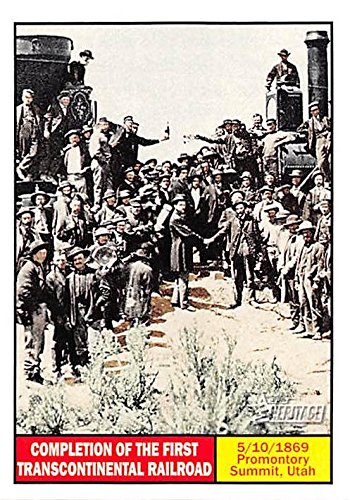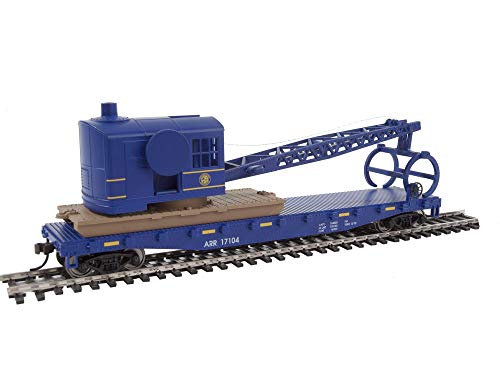Green Maned Lion
Engineer
The Acelas design is so bad, they are structurally in worse shape than the Amfleets. They are
done!
done!

In fact they could do just that and name the service the Keystone Acela. The strength of such an operation is that you'd get a train that has club car option, along with a Cafe / Bistro. Shaving 20 -30 minutes off with full NY - Harrisburg run would cause the masses to flock to it. The need for push - pull turning at Philly, again, is resolved.there is no sense to upgrading the Keystone corridor to 125mph unless they plan to run tilting equipment on the line. tilting equipment should shave about 20 minutes off the run to NY which is nothing to sneeze at.
Source?The Acelas design is so bad, they are structurally in worse shape than the Amfleets. They are
done!







If you look at the numbers, the cycle period for Level 1 overhauls for rolling stock appears to be around 4 years. There are 12 or 13 Viewliner sleepers, 30 Amfleet II coach cars, 6 Amfleet I diner cars overhauled every year. That is 1/4 of the total number of each type. In FY14, the goal is to have level 2 overhauls for 63 Amfleet 1 coach cars and level 1 overhauls for 26 Amfleet I coach cars. Again, about 1/4 of the available fleet.My understanding is that overhauls are supposed to last 10-15 years as a rule. Pushing stuff out of service around the 5-year mark is the sort of thing that creates a political problem very quickly (unless the Acela Is were about to drop dead, $160m is a lot to throw into an overhaul with Acela IIs on the horizon). Likewise, a 10-15 year time horizon would hopefully line up roughly with plans to get Amfleet replacements/supplements into service.
I must admit, I am likely to fall off my chair if that eventuality comes to passThere is an option that I don't think this thread has considered. Instead of getting Acela I hand-me-downs from Amtrak, Pennsylvania might surprise us and get in on the option for Acela IIs and run Keystone Acelas to New York with the bump in brand prestige possibly drawing a few more riders. No idea how feasible that is however either financially or politically.
Yea, I would consider the odds of PennDOT buying Acela IIs/HSR trainsets to be extremely remote. As in next to zero. Harrisburg and Lancaster are not exactly DC, Philly, NYC, Boston for market size.I must admit, I am likely to fall off my chair if that eventuality comes to passThere is an option that I don't think this thread has considered. Instead of getting Acela I hand-me-downs from Amtrak, Pennsylvania might surprise us and get in on the option for Acela IIs and run Keystone Acelas to New York with the bump in brand prestige possibly drawing a few more riders. No idea how feasible that is however either financially or politically.
This reinforces my belief that Amtrak is not going to take the Acelas out of service immediately in 2018-2020. You don't do heavy overhauls in FY16 and then retire them 4 years later, at least not if you don't have to.Acela: FY14 $62.9M; FY15 $52.7M, FY16 $46.8M and then zero thereafter.
I wonder why -- ah, of course. Limited seating capacity.The $10.2bn number is interesting, since it is based on flat ridership post-2030.
Inflation's below 2%, it's not that big a difference (maybe a factor of 1.5) unless they're projecting inflation to rise a lot.Basically, $10.2bn over 27 years comes to a bit under $400m/yr in added revenue over a base case. I cannot tell if this is in real terms or projected nominal terms;
It's a ton of money either way.in the former case, that is a ton of money,
Yeah, interest can swallow a huge amount of money, especially since Amtrak has a bad credit rating and ends up paying well above inflation.and would put the Acela service somewhere over $1bn/yr in revenue. I can't tell if the $5.1bn includes interest on a projected purchase loan (since interest can swallow a lot of money), but it looks like the benefits here should be substantial.
Actually it's that they don't think they can predict ridership accurately that far out.I wonder why -- ah, of course. Limited seating capacity.The $10.2bn number is interesting, since it is based on flat ridership post-2030.
The $5.1 billion total cost includes lifetime maintenance, overhauls (although the model appears to be overly optimistic on the savings over the expensive Acelas), at least $300 million for storage and maintenance facilities (stated in the Amtrak response), and infrastructure investments to the NEC. The IG review objected to including $270 million for NYP-WAS track bed replacement into the total lifetime cost for the HSR trainsets. But there may be other NEC improvements factored into the cost. If track bed work is in the infrastructure cost, why not catenary replacement for the other proposed 160 mph WAS-NYP segments?The $10.2bn number is interesting, since it is based on flat ridership post-2030. Basically, $10.2bn over 27 years comes to a bit under $400m/yr in added revenue over a base case. I cannot tell if this is in real terms or projected nominal terms; in the former case, that is a ton of money, and would put the Acela service somewhere over $1bn/yr in revenue. I can't tell if the $5.1bn includes interest on a projected purchase loan (since interest can swallow a lot of money), but it looks like the benefits here should be substantial.
The IG report on the ACS-64 contract that was generated last September has even more info nuggets on the ACS-64 order, if anyone wants to review it in the ACS-64 thread. The FRA is a rather bossy RRIF loan officer.Capacity constraints. Although the business case projects potential revenue through 2045, growth in potential ridership was forecasted only through 2030. Acquisition team officials said that they opted to hold these forecasts constant after 2030 because forecasts beyond that date were unlikely to accurately project future market conditions or demand for service. They also said they wanted to avoid tying the hands of future decision-makers by potentially not procuring enough capacity to meet future ridership demand. They therefore plan to build future purchase options into the contract to help address this issue. We acknowledge that it is difficult to accurately develop long-term projections. However, without projecting potential capacity constraints over the entire expected life of the equipment, it is unclear how the business case will support the decision to build future purchase options into a contract, and the optimal timing and size of these purchase options.